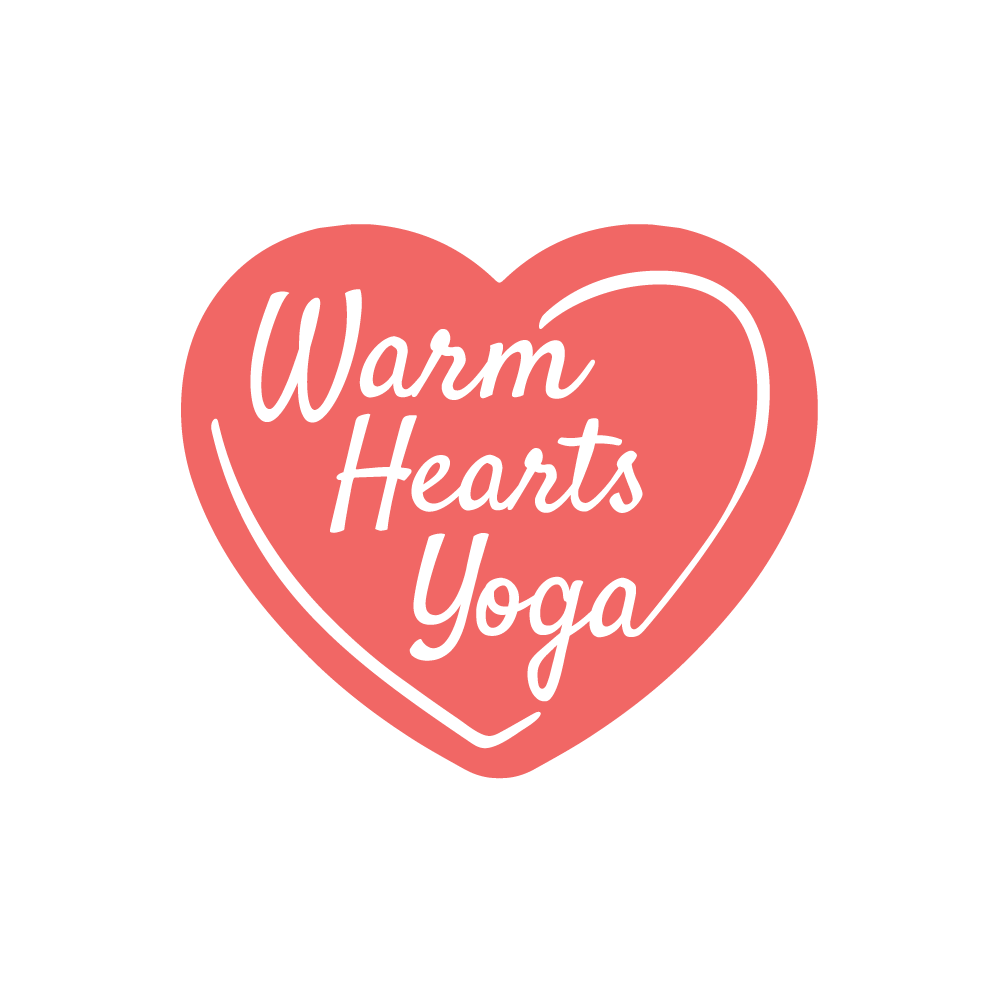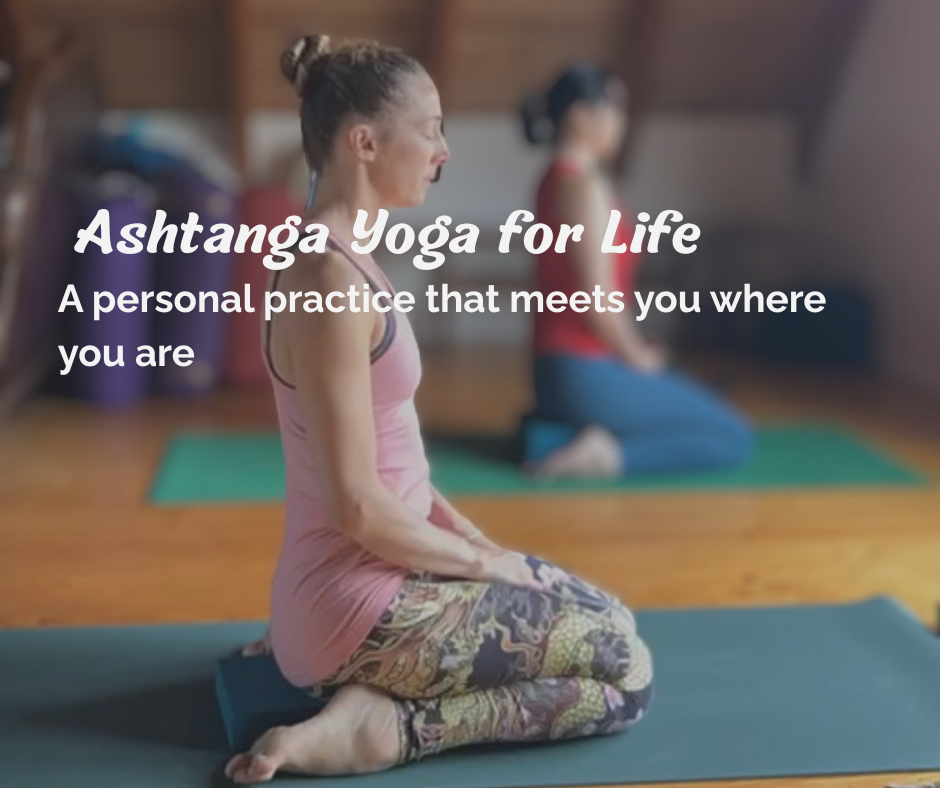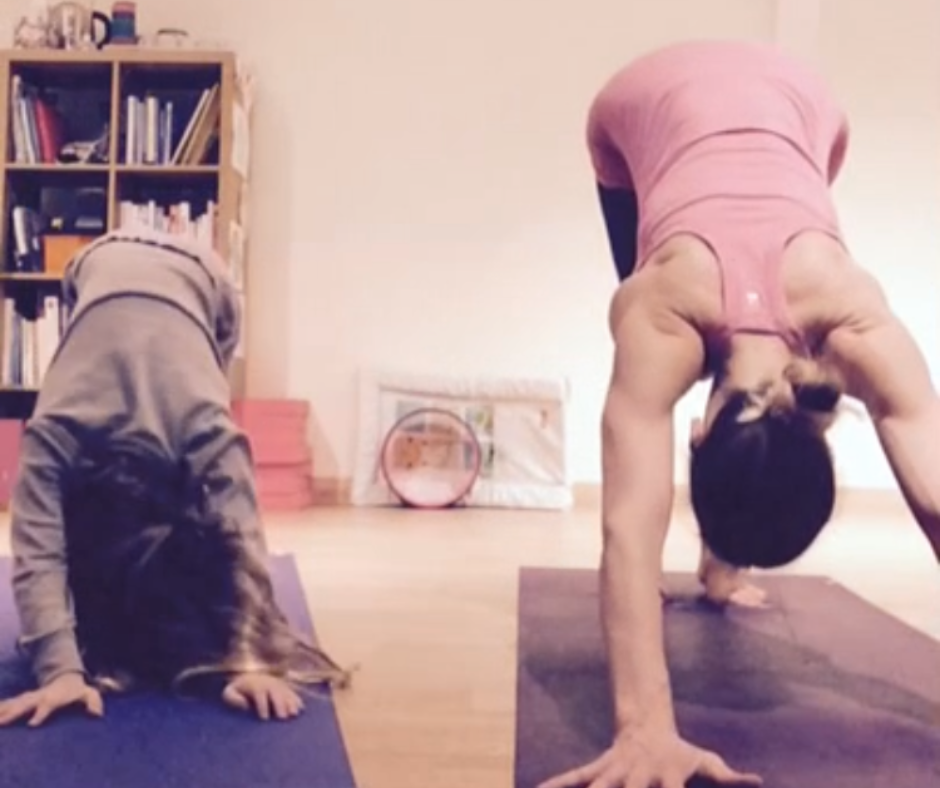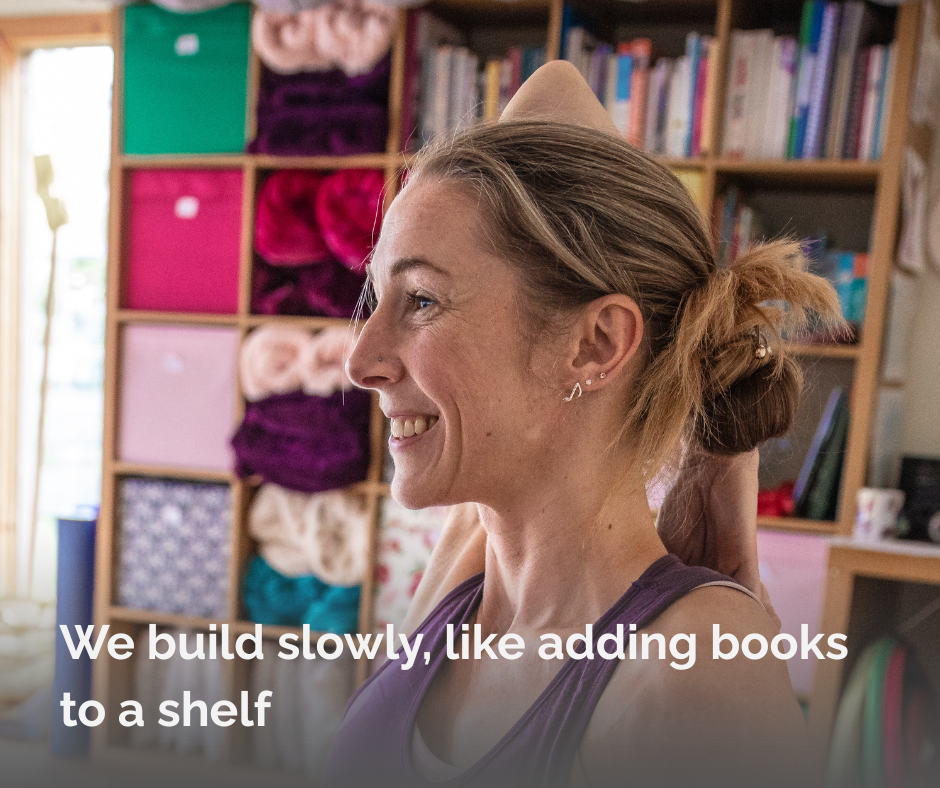Ashtanga Yoga for Life
Ashtanga Yoga is a personal practice that meets you where you are.
I realised today that I am now in my third decade of practicing Ashtanga Yoga. From those led classes in my mid twenties, to establishing a home practice in my thirties, to my regular routine now in my mid forties.
People often think you have to be young, fit, and flexible to practice Ashtanga, but that is simply not true. The only thing you really need is the ability to breathe. We start from where you are and go from there.
One of the things I love most about this practice is how it evolves and changes as you do. I have practiced as a young adult, through pregnancy, with young children, and now as I approach perimenopause. And it is not just about changing the poses it is about making the practice fit into your life.
One of my teachers once said, “We practice to live, we do not live to practice.” That stuck with me. There is no point in doing handstands for two hours in the morning if you have no energy left to play with your kids after school. You cannot keep dragging yourself out of bed at five in the morning to push through a full primary series if you then have to work long shifts and feel completely worn out by the end of it.
We build a practice that is sustainable not just for the body, but for the life we are living. And when life changes, our practice changes too.
So how does this actually work?
The beauty of a Mysore style class is that it allows each person to practice at their own pace. You learn one step at a time, one pose at a time, and we make sure everything you do is relevant for you.
In Ashtanga Yoga, we all start the same way. We come into the space. We pause. We find our breath. And some days, that might be enough. There have definitely been times in my life when everything felt full on and the only energy I had left was for sitting and breathing. But when you want more, we begin to move. Ekam, inhale, arms up… and into that first Surya Namaskar.
From there, for many of us, the structure stays the same. Sun salutations, followed by standing postures, then some seated work, backbends, maybe inversions, and three final seated postures.
But I like to think of this structure as a frame, and what we hang on that frame can change.
In the beginning, you might practice sun salutations, a couple of standing postures, and the last three seated ones. Think of those as the bookends. Then, as you feel ready, you start to add more books to the shelf.
For some people, that will look like the traditional Ashtanga primary series. For others, we might explore different variations. There might be reasons to add extra poses or preparatory work. There might be reasons to leave some postures out for now. It might be helpful to include breathwork or explore a more restorative approach. You might want to use props. All of this is practice.
There are so many reasons these changes might happen. Different bodies. Different ages. Different circumstances. Your practice takes into account everything that makes you who you are and where you are right now.
This is why I say Mysore style Ashtanga is a personal approach to practice. We work together to find something that fits. And when it stops fitting quite so well, we look at what needs to change.
So your practice always fits.
It supports you.
It holds you.
And it changes as you do.
Come practice with me. I teach weekly Mysore style Ashtanga yoga classes, along with a led class each week. If you are new to Ashtanga, take a look at my Beginners Courses, or explore upcoming courses and workshops designed to support you at every stage of life and practice.





